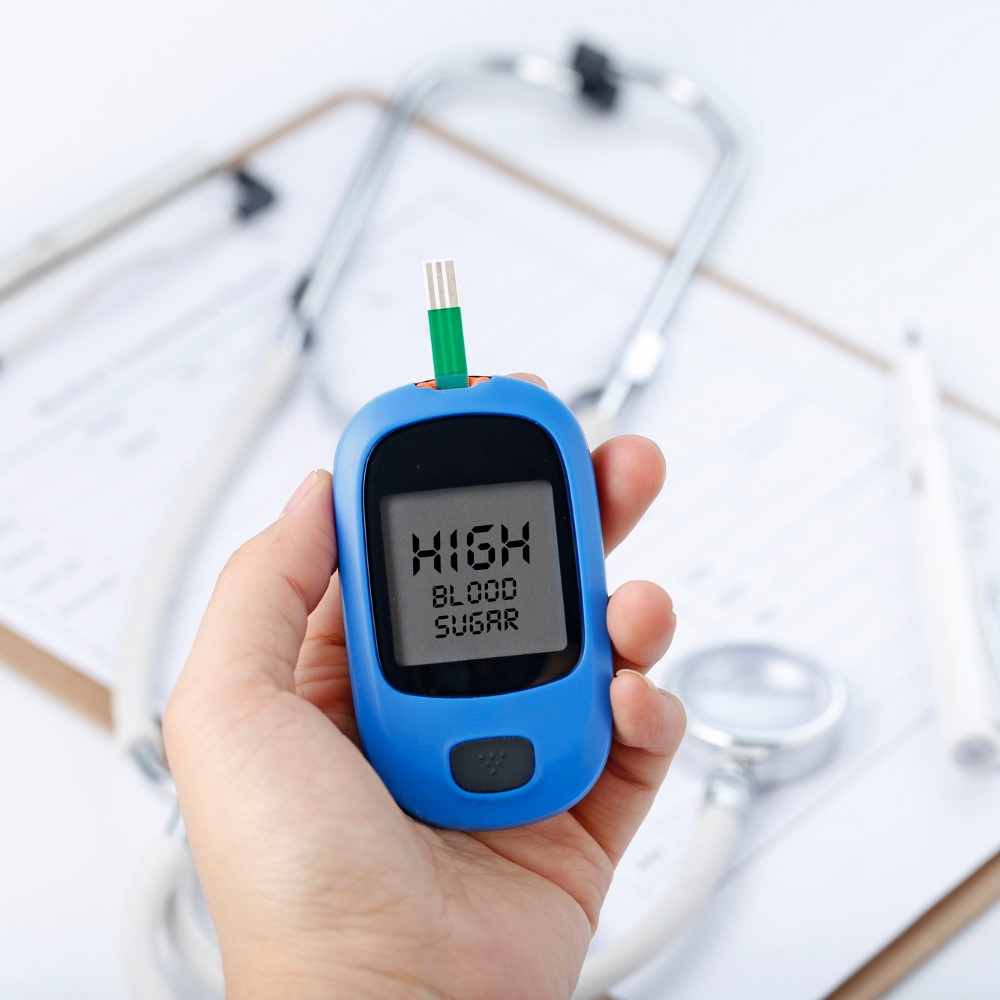If you have diabetes, you’ve probably heard that foot ulcers are a serious complication. But are diabetic foot ulcers dangerous, really? And how dangerous are diabetic foot ulcers?
In short, they can be very dangerous. If left untreated, diabetic foot ulcers can become infected and lead to serious complications, including bone infection, sepsis (a life-threatening infection that spreads throughout the body), and even amputation. In fact, they are the leading cause of non-traumatic amputations.
But the good news is that diabetic foot ulcers are preventable. With proper foot care and management of your diabetes, you can help to reduce your risk of developing diabetic foot ulcers. In this blog post, we’ll take a closer look, including the risks associated with them and how to prevent them.
What Are Diabetic Foot Ulcers?
A diabetic foot ulcer is an open sore or wound on the foot of a diabetic individual. People with diabetes are more likely to develop foot ulcers because of two main complications:
- Neuropathy: This is a condition that damages the nerves in the feet, causing numbness and loss of sensation. As a result, people with neuropathy may not notice cuts or blisters on their feet until they become infected.
- Peripheral artery disease (PAD): This condition reduces blood flow to the feet, making it more difficult for wounds to heal.
What Are the Causes?
Diabetic foot ulcers can be caused by a variety of factors, including:
- Poor foot care: This includes not washing the feet daily, not trimming the toenails properly, and going barefoot.
- Ill-fitting shoes: Shoes that are too tight or too loose can put pressure on the feet and lead to ulcers.
- Trauma: Minor injuries to the feet, such as cuts, blisters, and corns, can develop into ulcers in people with diabetes.
If left untreated, diabetic foot ulcers can become infected and lead to serious complications, including:
- Osteomyelitis: A bone infection.
- Sepsis: A potentially fatal illness that happens when an infection spreads throughout the body.
- Amputation: In severe cases, amputation may be necessary to prevent the spread of infection.
How to prevent diabetic foot ulcers
There are a number of things that people with diabetes can do to prevent foot ulcers, including:
- Inspect the feet daily: Look for any cuts, blisters, or sores.
- Wash the feet daily with warm water and soap. Dry them thoroughly, especially between the toes.
- Trim the toenails straight across. Avoid cutting the toenails too short or rounding the corners, as this can lead to ingrown toenails. Tips for proper foot care for diabetics.
- Wear well-fitting shoes: Shoes should be comfortable and have a wide toe box. Find out how to choose a good shoe.
- See a podiatrist regularly for foot care. A podiatrist can check for signs of nerve damage and PAD and can help to treat any foot problems early on.
What to do if you have a diabetic foot ulcer
If you have a diabetic foot ulcer, it is important to see a doctor or podiatrist right away. They will clean the wound and treat any infection. They may also suggest other therapies such as:
- Offloading: This involves taking pressure off of the ulcer by using a special shoe or cast.
- Debridement: The removal of dead tissue from the ulcer.
- Skin grafting: This involves taking a piece of healthy skin from another part of the body and grafting it over the ulcer.
Most diabetic foot ulcers can heal with adequate care. However, it is important to be patient, as healing can take several weeks or even months.


